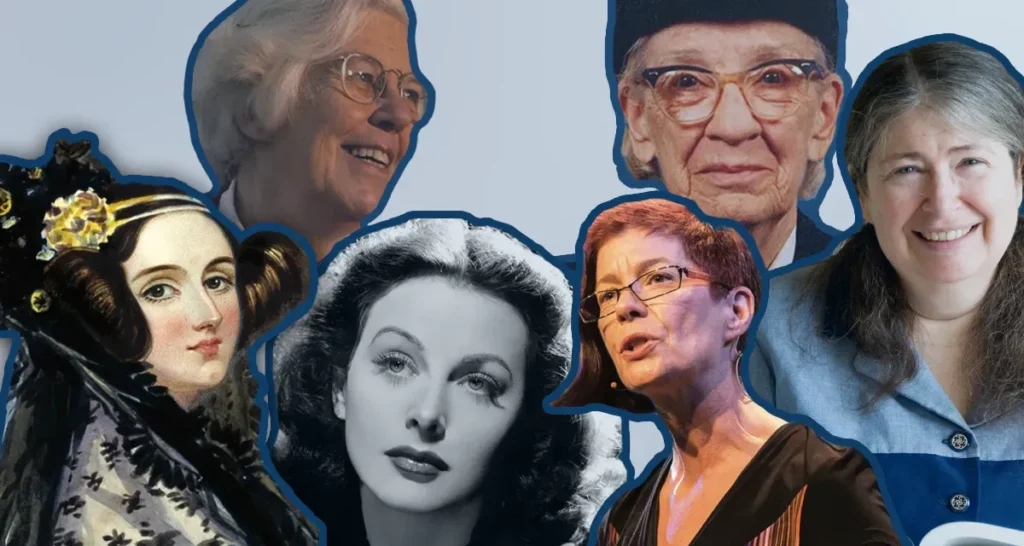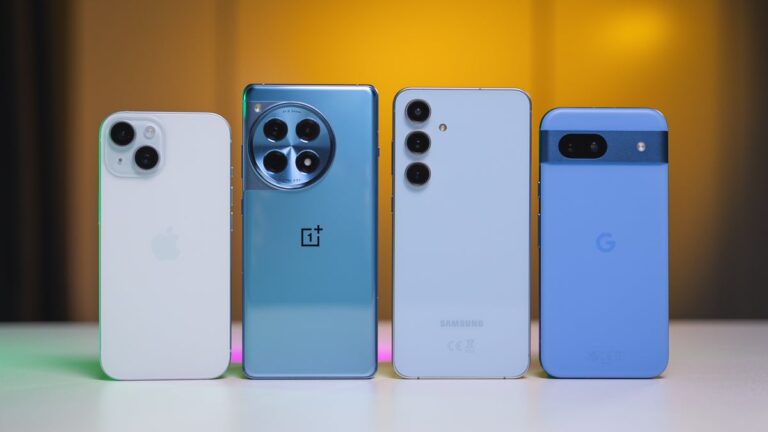Introduction
The tech industry, often perceived as male-dominated, owes much of its innovation and progress to the remarkable contributions of pioneering women. These trailblazers have shattered stereotypes, broken barriers, and paved the way for future generations of women in technology. In this article, we celebrate the top 10 female programmers who have profoundly influenced the tech landscape.

Key Points Overview
- Ada Lovelace: Recognized as the world’s first computer programmer.
- Grace Hopper: Developed the first compiler and contributed to the creation of COBOL.
- Katherine Johnson: Played a pivotal role in NASA’s space missions with her mathematical prowess.
- Mary Wilkes: Developed the LINC, considered the first personal computer.
- Radia Perlman: Known as the “Mother of the Internet” for her invention of the Spanning Tree Protocol.
- Carol Shaw: One of the first female video game designers and programmers.
- Anita Borg: Founded the Institute for Women and Technology to support women in tech.
- Kimberly Bryant: Established Black Girls Code to empower young women of color in technology.
- Tracy Chou: Advocated for diversity in tech and co-founded Project Include.
- Samantha John: Co-founder of Hopscotch, an app teaching kids to code.
Detailed Discussion
Ada Lovelace: The World’s First Computer Programmer
Ada Lovelace, born in 1815, was a visionary mathematician and writer. She collaborated with Charles Babbage on his Analytical Engine, an early mechanical general-purpose computer. Lovelace’s notes on the engine include what is considered the first algorithm intended for implementation on a machine, making her the world’s first computer programmer. Her foresight into the potential of computers extended beyond mere calculation, envisioning capabilities such as composing music and creating art.
Grace Hopper: Pioneer of Computer Programming
Grace Hopper, a trailblazing computer scientist and U.S. Navy rear admiral, made monumental contributions to programming. She developed the first compiler, a program that translates written language into computer code, revolutionizing how programmers interacted with machines. Hopper was instrumental in creating COBOL (Common Business-Oriented Language), one of the earliest high-level programming languages, which is still in use today. Her dedication to simplifying computer programming has left an enduring legacy in the tech industry.
Katherine Johnson: Mathematical Genius Behind NASA’s Success
Katherine Johnson’s exceptional mathematical skills were crucial to the success of early U.S. space missions. Working as a “human computer” at NASA, she calculated trajectories for missions including the first American orbital flight by John Glenn. Johnson’s precise calculations ensured mission safety and success, breaking both racial and gender barriers in a segregated America. Her contributions were later recognized in the film “Hidden Figures,” highlighting her pivotal role in space exploration.
Mary Wilkes: Developer of the First Personal Computer
Mary Wilkes, born in 1937, was a computer programmer and logic designer who worked on the LINC (Laboratory Instrument Computer) project. The LINC is considered by many to be the first personal computer. Wilkes not only contributed to its development but also used one in her home, a groundbreaking concept at the time. Her work made computing more accessible and laid the foundation for personal computing as we know it today.
Radia Perlman: The Mother of the Internet
Radia Perlman, often referred to as the “Mother of the Internet,” invented the Spanning Tree Protocol (STP), a fundamental technology for network routing. STP is crucial for the operation of network bridges and has been instrumental in the development of network infrastructure. Perlman’s innovations have been foundational to the growth and robustness of the internet, influencing how networks self-organize and manage data traffic efficiently.
Carol Shaw: Pioneer in Video Game Development
Carol Shaw is recognized as one of the first female video game designers and programmers. She began her career at Atari, where she developed the 3D Tic-Tac-Toe game for the Atari 2600. Later, at Activision, she created the popular game River Raid, which was notable for its innovative design and gameplay. Shaw’s work paved the way for women in the gaming industry and demonstrated that video game development was a viable career path for women.
Anita Borg: Advocate for Women in Technology
Anita Borg was a passionate advocate for women in technology. She founded Systers, an online community for women in computing, providing a platform for support and collaboration. Borg also established the Institute for Women and Technology, now known as AnitaB.org, aiming to increase the representation of women in technical fields. Her efforts have created lasting support networks and initiatives that continue to empower women in tech.
Kimberly Bryant: Founder of Black Girls Code
Kimberly Bryant, an electrical engineer, founded Black Girls Code in 2011 to address the underrepresentation of women of color in technology. The organization offers workshops, summer camps, and after-school programs to introduce young girls to programming, robotics, and other technical skills. Bryant’s initiative has empowered thousands of girls, providing them with the tools and confidence to pursue careers in technology.
Tracy Chou: Champion for Diversity in Tech
Tracy Chou is a software engineer known for her advocacy for diversity and inclusion in the tech industry. She gained prominence by challenging tech companies to disclose their diversity data, highlighting the underrepresentation of women and minorities. Chou co-founded Project Include, an organization that provides comprehensive recommendations for tech companies to improve diversity and inclusion. Her efforts have sparked important conversations and actions toward a more equitable tech industry.
Samantha John: Educating the Next Generation of Coders
Samantha John is the co-founder of Hopscotch, an app designed to teach children coding through interactive gameplay. With a background in applied mathematics, John aimed to create a platform that makes learning to code accessible and fun for kids, especially girls. Hopscotch has introduced coding to millions of children, fostering creativity and problem-solving skills, and inspiring a new generation of programmers.
Conclusion
The contributions of these remarkable women have been instrumental in shaping the tech industry. Their innovations, advocacy, and leadership have not only advanced technology but also paved the way for greater inclusion and diversity within the field. As we continue to strive for equity in tech, recognizing and celebrating the achievements of these trailblazers is both essential and inspiring.
FAQs
Q1: Who was the first female computer programmer?
A1: Ada Lovelace is recognized as the world’s first computer programmer for her work on Charles Babbage’s Analytical Engine in the 19th century.
Q2: What is Grace Hopper known for?
A2: Grace Hopper developed the first compiler and was instrumental in creating the COBOL programming language, significantly impacting modern computing.
Q3: How did Katherine Johnson contribute to space exploration?
A3: Katherine Johnson’s mathematical calculations were critical to the success of early NASA missions, including John Glenn’s first American orbital flight.
Q4: What is the significance of Radia Perlman’s work?
A4: Radia Perlman invented the Spanning Tree Protocol (STP), a key technology in network routing that has been fundamental to the development of the internet.
Q5: What is Black Girls Code?
A5: Founded by Kimberly Bryant, Black Girls Code is a non-profit organization that aims to empower young women of color by providing education.




